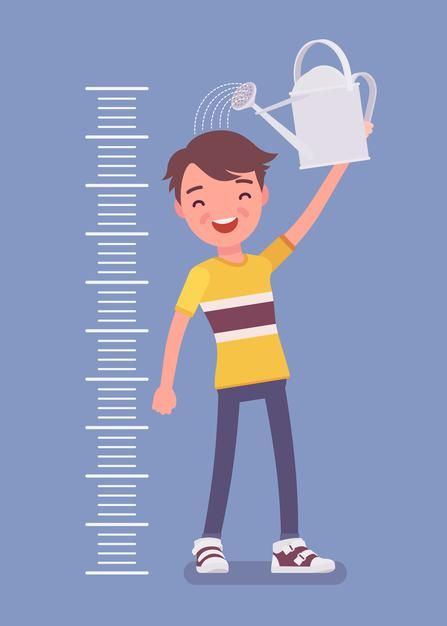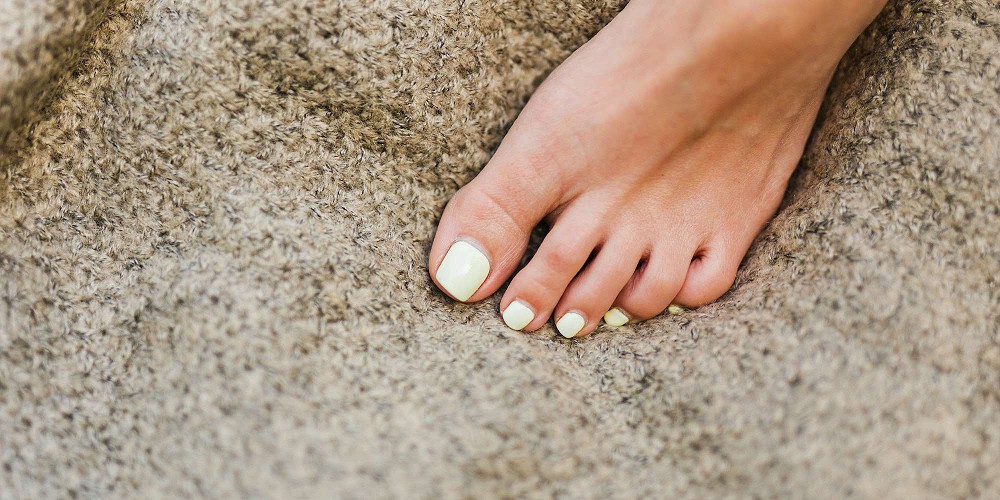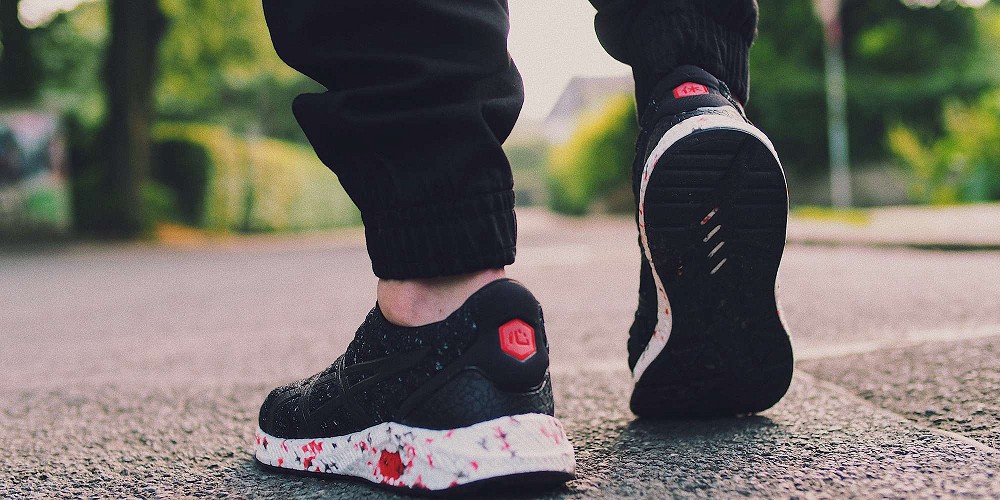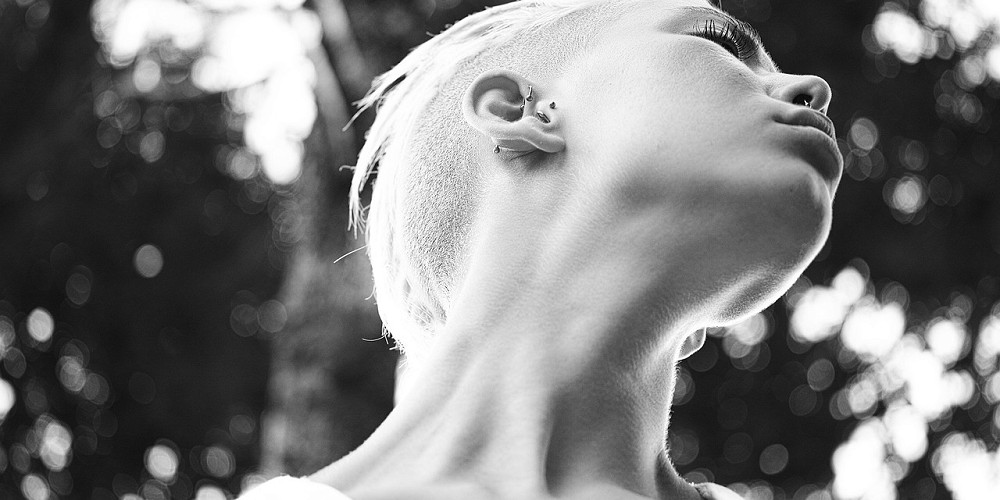The problem with teenagers is….. A Physiotherapist’s view.
Article by Martin Davies
Teenagers face a unique and often difficult combination of changes that can cause a common pattern of issues.

From a physiotherapist's point of view, teenagers face a unique and often difficult combination of changes that can cause a common pattern of issues. The factors that add to this problem include rapid hormonal and physical change as well as an often-massive spurt in the rate of growth. These changes frequently happen at the same time as the teenager gets more involved in sport or dance on the active side of things, and gaming and phone use on the more sedentary end of the spectrum. This article aims to look at some of the challenges faced and some simple things to get started on dealing with them.

Rapid growth in early to mid-teenage years can reach 10-12 cm per year (4-5 inches) for an average of 2 years. This can cause issues around the ability to balance and coordinate one's body. Essentially, because of this rapid growth, the brain is trying to drive and operate a different body every few months. As a result of this, poor coordination and balance is very common. Activities can address this and allow the teenagers’ brain to ‘tune in’ to their new body but often sports etc. do not take this reprogramming into account and focus excessively on quantity and intensity of movement instead of quality and coordination. Some coaches understand the importance of this with an example being how top soccer teams in Europe incorporate yoga and dance into their academy programs to help specifically with youths coordinating their growing bodies.

A second factor that occurs during mid to later teenage years is the rapid increase in muscle strength that occurs. This is a good thing to happen but often imbalances and postural challenges can result, especially with lots of time spent in slumped positions at school and while gaming/phone use. It’s not unusual to see back and neck issues as a result of this muscle imbalance as the muscles on the front of the body tend to get short and tight and the muscles on the back get long and loose.
These 1st two aspects can also combine to create a common change that shows a marked decrease in flexibility around this time. Essentially bones are gaining length rapidly and muscles, whilst getting stronger, cannot keep up with this rate of change. Kids can get really stiff at this time. From personal experience, my 10 year old son could easily bend forward and touch his toes but by the time he was over a foot taller at age 13, he could barely touch his knees! A good idea is to expose kids to activities such as dance and/or martial arts which tend to work well for flexibility. Some other sports, not to be named, tend to neglect this aspect or pay it lip service. This loss of flexibility is a very normal thing and can be easily managed if you are aware of it.
The final teenage problem to discuss here is the fact that often joint pains can happen at any time for any reason, and it is important to screen whether these are just a normal part of the maturation cycle or whether they are a sign of a more important problem. Growing pains are very real but at a time of rapid growth and often rapid increase in the intensity of use, screening of these pains is a good thing to be proactive with.
If you identify with any of the issues above, it can be a productive decision to interact with coaches and even engage some help from physiotherapist who can work with teenagers and ease some of the challenges they face.
You May Also Like...
-
 ArticleView Post
ArticleView PostStrengthening the Intrinsic Muscles of the Foot
Learn about the importance of exercising and strengthening your foot's intrinsic muscles – as well as what they are!
-
 ArticleView Post
ArticleView PostMOVE: An Approach to Treating Acute Injuries
M.O.V.E. has been proposed as the new standard treatment approach for acute injuries – but what does it mean?
-
 ArticleView Post
ArticleView PostAcute Whiplash Injury Management
What is whiplash? Whiplash is an injury to your neck. It is caused by your neck bending forcibly forward and then backward, or vice versa.